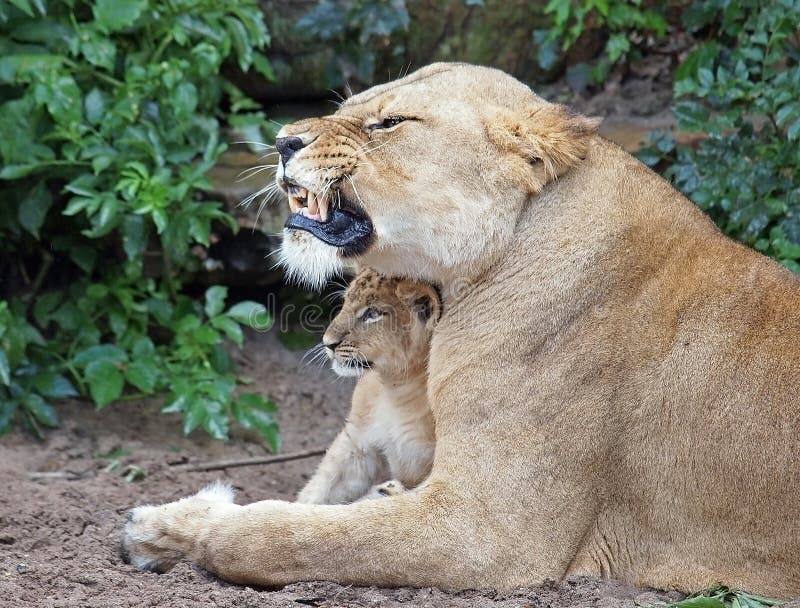
In the Greater Kafue Ecosystem in Zambia, our research shows that while some of poachers use snares, many use guns, killing and wounding many animals each year. Many parks in Africa have less than a quarter of their potential prey and a correspondingly low proportion of lions, cheetah and African wild dogs. The tripod lioness represents just the tip of the iceberg in Africa’s bushmeat poaching crisis.
#Lion protecting lioness free
Since 2015, this partnership has recovered 288 snares, and our next move is to create safe haven snare-free zones where carnivores and their prey roam free and safe from snares.īut snare free zones aren’t enough. In Kafue National Park, Zambia’s largest and Africa’s third largest national Park, Panthera supports DNPW and its partner Game Rangers International to address this issue through rapid response to poaching events and removal of snares from the Park.

Though lions, leopards and cheetahs are stunningly capable of surviving even the greatest odds - droughts, floods, famine and disease - none of them is immune from the indiscriminate and deadly wire snare. But so many other large carnivores are not so fortunate. Presumably understanding she was unable to navigate the mud on her three legs, the two lions dragged the kill out of the mud so the lioness could also feed. Just the other day, a guide from a nearby lodge was treated to an amazing sight: two members of her pride were feasting on a young buffalo carcass stuck deep in the mud. Though she lost her foot to a snare, her leg has healed and she remains with a small, loyal pride. Large carnivores including lions, leopards, cheetah, wild dogs and hyena all too often get their necks or limbs caught in the snares, causing tremendous pain and suffering and often a slow, excruciating death from strangulation, infection or starvation.īut this particular lioness-who we call the tripod lioness-is one of the lucky ones. Used for illegal bushmeat poaching-the hunting of wild animals for their meat - wire snares are typically set to catch herbivores, but they will trap, debilitate and often kill any animal. Distinguishing between individuals on the basis of their vocal characteristics could therefore confer direct fitness benefits on discriminating lionesses.Unfortunately, this lioness’s affliction is not uncommon many lions in southern Africa have been grievously wounded or even killed by snares set for their prey.Įncountering snares and the suffering they inflict is the tragic reality of working in the protected areas of southern Africa.

Our results suggest how females with cubs might, by quickly detecting and categorizing unfamiliar intruders within their territory, protect their cubs from infanticidal males and expel intruding females. Furthermore, females often move toward the cubs in response to playbacks of unfamiliar males but not in response to playbacks of unfamiliar females or resident males. These responses are not simply a function of the roarers being unfamiliar, for when played the roars of unfamiliar females, females with cubs consistently approach the loudspeaker. Although they remain relaxed when played roars from resident males, they immediately become agitated on hearing unfamiliar males and retreat rapidly with their cubs if the latter have reached about 4.5 months of age. Here we use playback experiments to demonstrate that females with cubs can distinguish immediately between roars from their own resident males (the fathers of the cubs) and those from unfamiliar, potentially infanticidal males.

In free-ranging populations of African lions (Panthera leo), females with cubs face a substantial threat from one particular category of unfamiliar individuals: infanticidal males. Despite evidence from several bird, fish and mammal species that listeners can discriminate between the vocalizations of familiar and unfamiliar adult conspecifics, direct links between discriminatory abilities and fitness benefits have been difficult to identify.


 0 kommentar(er)
0 kommentar(er)
